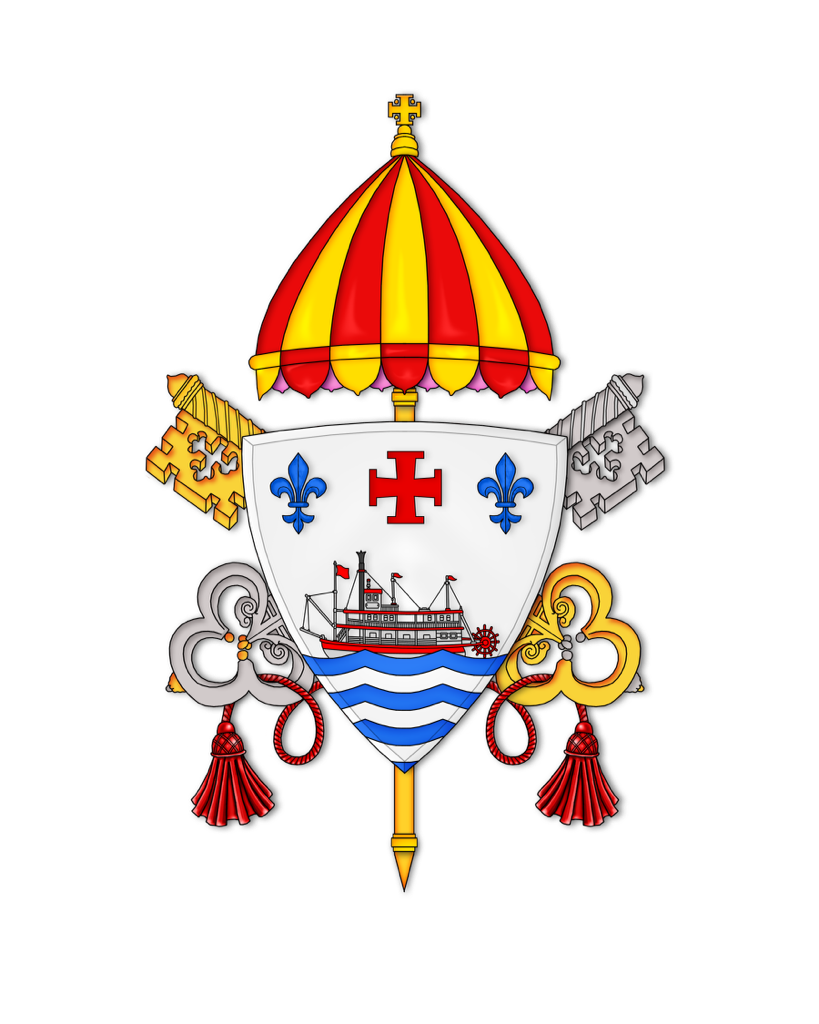Saint Mathilde
Feast Day March 14
Submitted by The Liturgy Commission
Early monastic life was instrumental in forming the vessel of mercy who was of St. Mathilde. Born in 895 at Engern in Saxony, she was the daughter of a Saxon Count.
Mathilde entered at a young age Herford Abbey where her grandmother was Abbess. Here she developed a character of virtue, prayer and almsgiving. She was betrothed to Henry, son of Otto, Duke of Saxony. They were married in 909 and were the parents of 5 children: Otto I who was the King of Germany, Henry, the Duke of Bavaria, Saint Bruno, Archbishop of Cologne, Gerberga who married Louis IV of France and Hedwig who was the mother of Hugh Capet a future king of France.
Henry became the first King of the medieval German state in 919. As Queen, Mathilde piously practiced the Corporal and Spiritual works of Mercy, with special kindness toward the sick and imprisoned. Henry was supportive of her merciful endeavors. They were married for 23 years, and they were King and Queen for 17 years.
Upon Henry’s death in 936, Mathilde retired to her country home, leaving the Royal Court and resigning her inheritance to her sons, Otto and Henry, amid their criticism of her extravagant charitable giving practices. Accusing their mother of mismanaging the Royal Treasury, they eventually called her back to the Court, asking her forgiveness.
The energies of Mathilde’s later life were channeled into building numerous churches, convents and monasteries. She founded the canonry at Quedlinburg, in Henry’s memory, as well as convents at Quedlinburg, Pohlde, and Nordhausen.
Mathilde died in 968, on March 14, which is her feast day. Her Saintly patronages are many, including large families, widows, wayward children, and those criticized for piety.
In this window Saint Mathilde holds a royal scepter and adorned with a golden crown, which signifies her position as queen. She is depicted with long blonde hair braided with ribbons or strings of beads which was a common in the middle ages for a person of her statue.

Memory of Mathilde Arrighi
Stain glass window in St. Mary Basilica
The Basilica of Saint Mary
105 South Union Street
Natchez, MS 39120

Church Office @Family Life Center
613 Main Street
Natchez, MS 39120
601.445.5616 | Email